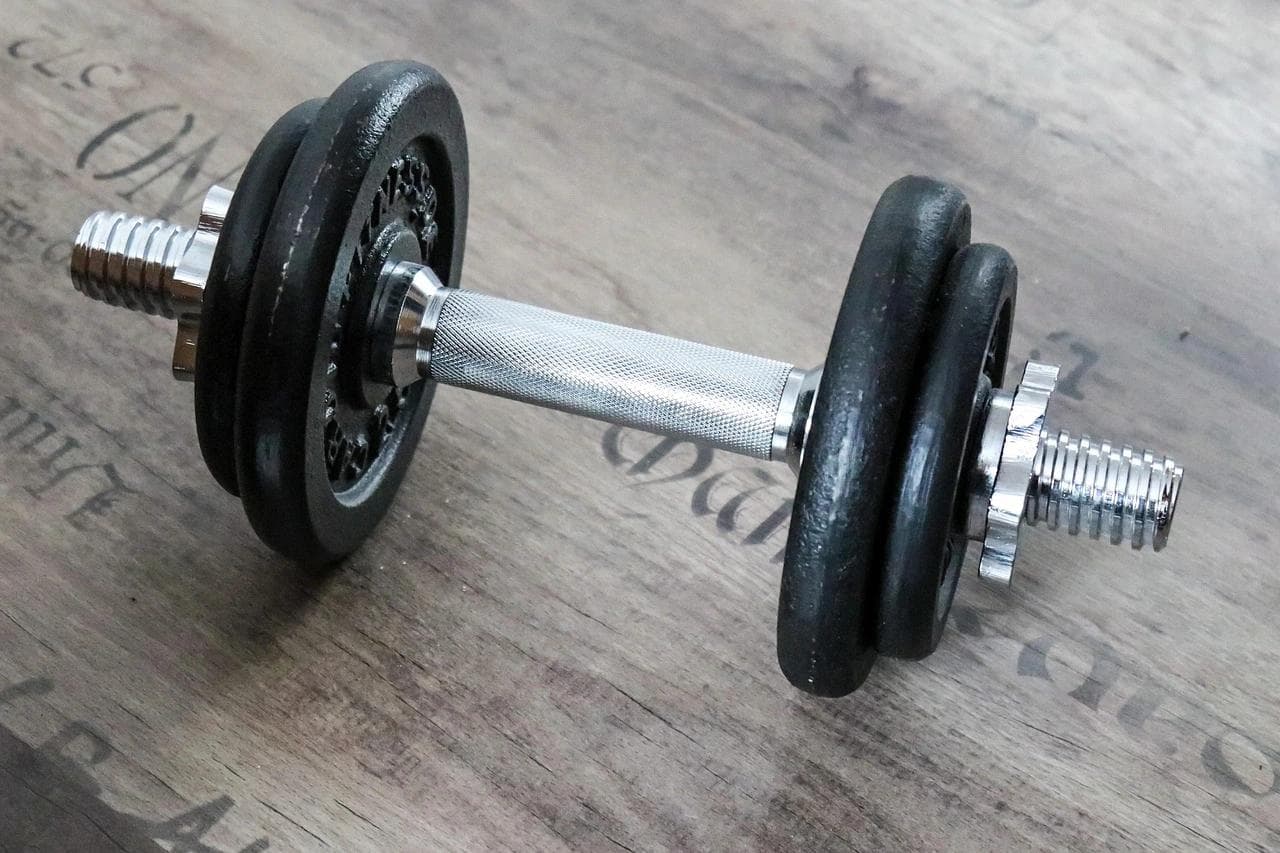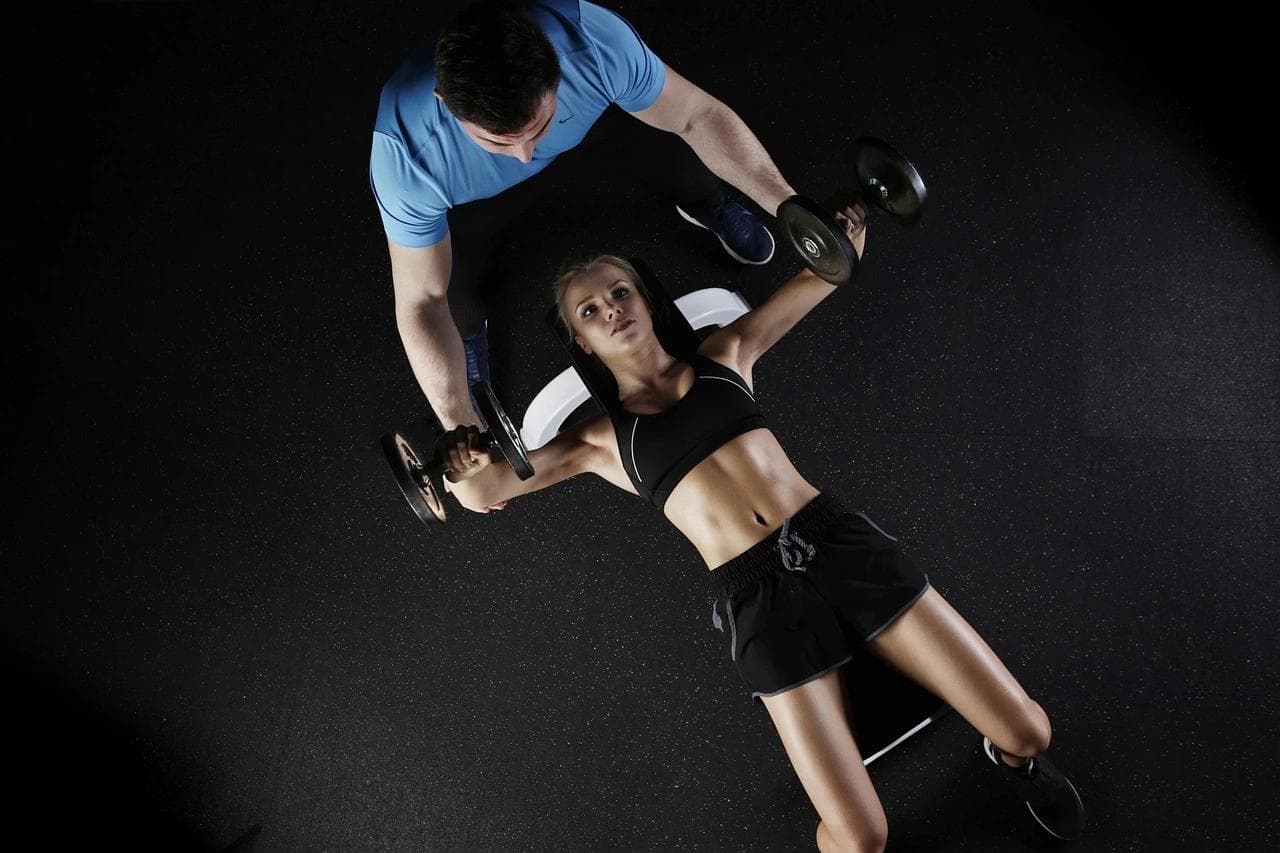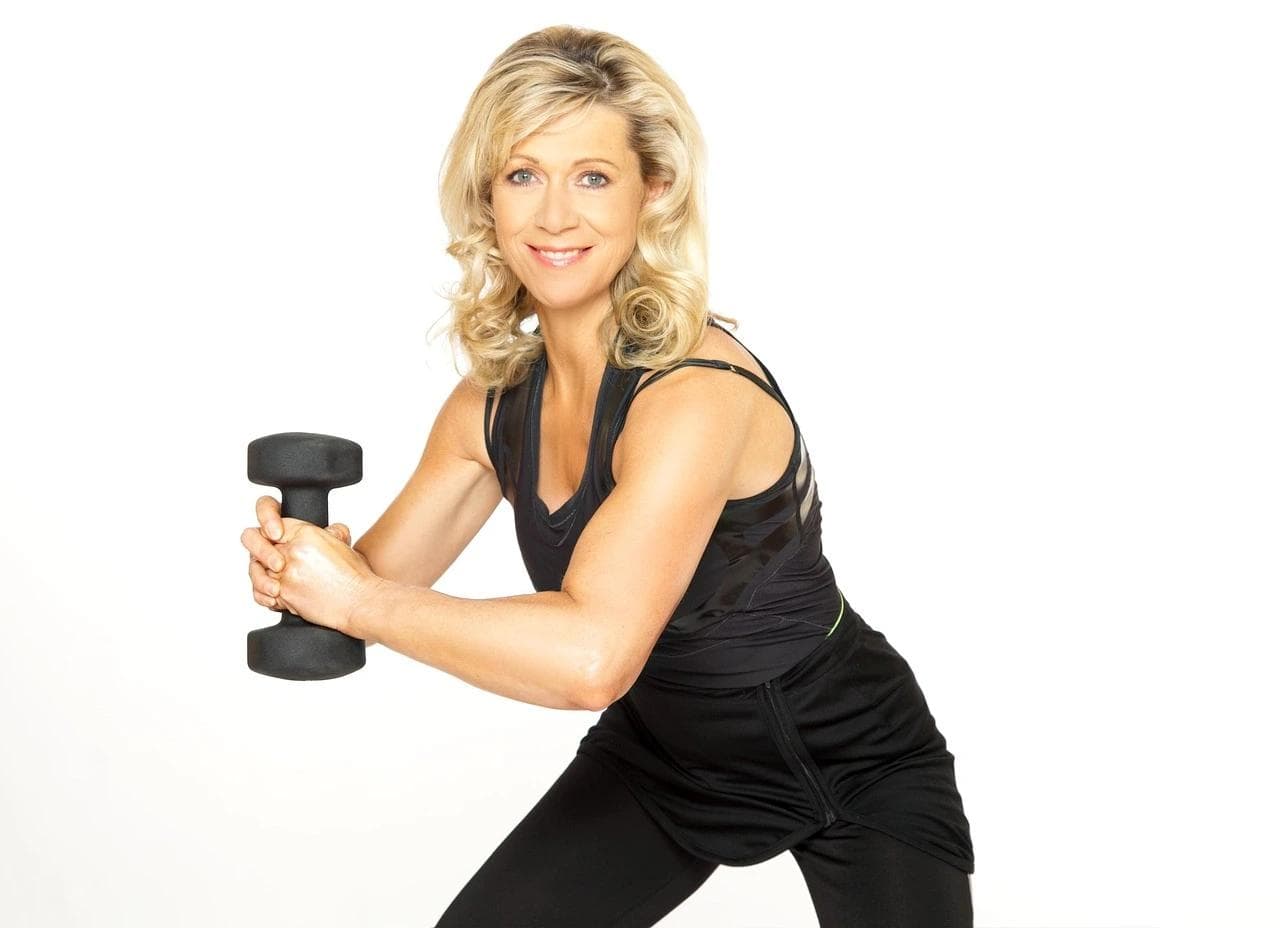Starting with dumbbells is one of the best ways to build strength, improve balance, and ease into weight training. They’re beginner-friendly and don’t require a gym membership. But here’s the catch — many beginners unknowingly make mistakes that slow progress, increase injury risk, and create bad habits from day one.
In this post, we’ll break down three common dumbbell mistakes beginners make and show you how to fix them.
Avoiding these slip-ups will help you see results faster and keep your workouts safe and effective.
Mistake 1: Using Too Much Weight Too Soon

One of the most common mistakes with dumbbells is starting with weights that are far too heavy.
Using weights that exceed your current strength level leads to poor form, increased risk of injury, and slower progress in the long run.
In fact, studies show that nearly 30% of beginners in strength training report an injury within their first year, with poor form and lifting too heavy being the top contributors (National Institute of Health).
Signs you’re lifting too heavy too soon include:
- Struggling to complete a set with proper form.
- Swinging the dumbbells or using momentum instead of controlled movement.
- Feeling pain in your joints rather than muscle activation.
How to fix it:
- Start light: Pick a weight that allows you to perform 10–12 reps with good form while still challenging you.
- Follow the “progressive overload” rule: Increase weights gradually by 5–10% every 2–3 weeks once the current load feels comfortable.
- Focus on control: If you can’t pause briefly at the top of the movement, the weight is too heavy.
Mistake 2: Poor Form / Incorrect Technique

Another common mistakes made with dumbbells is having a poor form.
This usually happens when someone is too eager to lift heavier, rushes through reps, or simply hasn’t learned the correct movement pattern yet. But here’s the truth: bad form doesn’t just reduce the effectiveness of your workout — it also sets you up for injury.
For example, rounding your back during dumbbell rows places unnecessary stress on your spine, while swinging the weights during curls shifts the focus away from your biceps and onto your joints.
Quick fix: Slow down, focus on technique, and start with lighter weights until you can perform each exercise with control. If possible, practise in front of a mirror or record yourself to spot mistakes. Remember — quality reps always beat sloppy, rushed ones.
Mistake 3: Ignoring Small Stabiliser Muscles and Supporting Moves

When beginners pick up dumbbells, the focus often lands only on the “big” lifts — bicep curls, shoulder presses, bench presses. While these are great, ignoring the smaller stabiliser muscles that support these movements is a big mistake.
Stabiliser muscles — like your rotator cuff, core, and even forearm muscles — play a crucial role in keeping your body balanced and safe while lifting. Neglecting them can create muscle imbalances, increase the risk of injury, and actually hold you back from lifting heavier in the long run.
Quick fix:
Add in exercises that target your stabilisers — think external rotations, planks, farmer’s carries, and wrist curls.
These don’t take much time, but they’ll pay off by making your bigger lifts smoother, stronger, and safer.
Avoiding these three beginner’s mistakes makes all the difference between quick progress and frustrating setbacks. Lifting too heavy too soon, neglecting proper form, and skipping stabiliser muscle work are common traps that slow down results and increase the risk of injury.
The key is patience, consistency, and smart training. Begin with manageable weights, master your technique, and give your supporting muscles the attention they deserve. This way, you’ll not only build strength safely but also create a solid foundation for long-term gains.
Remember, dumbbell training is about consistency, not ego lifting. Start lighter, give your body time to learn the correct form, activate stabiliser muscles, and build strength safely. Over time, you’ll lift more — and do it with confidence.
